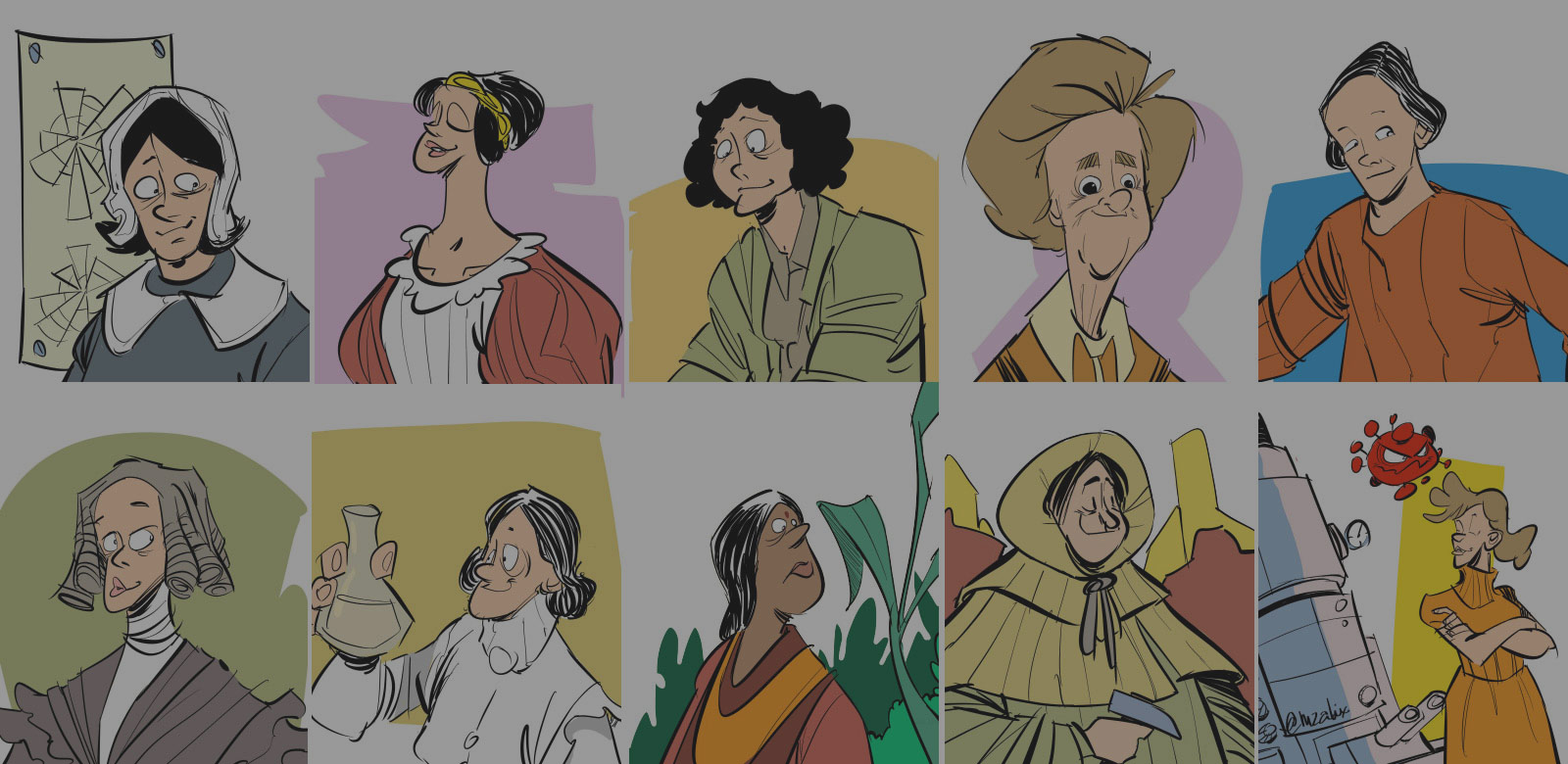One of the limitations for more girls to pursue a scientific career is the lack of female references in these fields. In order to put an end to this handicap, the Science Museum of the University of Navarra presents the project "Women in Science": an animated series that narrates, through small videos and in an informative tone, the biography of relevant female scientists in their field but who are unknown to the general public. In addition, the material is presented in the form of a book as an informative tool for schools and in which various activities can be found in each chapter.
In its aim to communicate, educate and disseminate science, and to support the visibility of women in this field, the Science Museum of the University of Navarra has for this project the Biochemistry professor Iñigo Izal Azcárate, author of the illustrations and animation of the videos; the journalists Eva Lus(Radio Universidad de Navarra) -voice-over narration- and Mamen García(Cadena SER Navarra); the group Women for Science and Technology; as well as different experts who will collaborate in the elaboration of the scripts of the corresponding biographies.

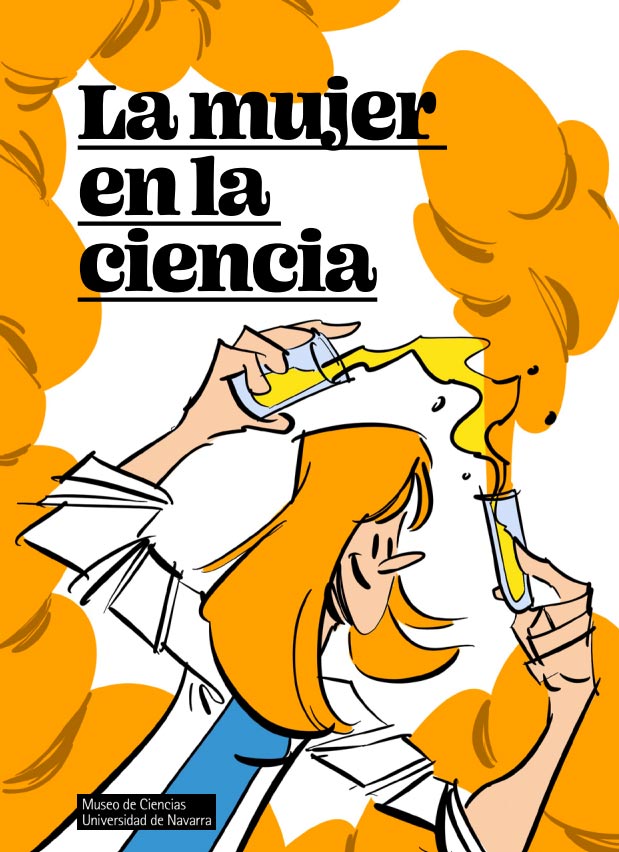
| Original idea, direction, coordination and adaptation of the scripts: Ignacio López-Goñi |
|
| Illustrations and animation of the videos: Iñigo Izal Azcárate |
|
| Screenplays: María Arechederra, Pablo Cobreros, Ignacio López-Goñi, Alberto Morán, Ana Moreno, María Ujué Moreno, Carmen Palacios, Marta Revuelta |
|
| Adaptation and design of activities: Alicia Díez |
|
| Collaborators: Spanish Foundation for Science and Technology and Women for Science. |
|
| Design: Errea |
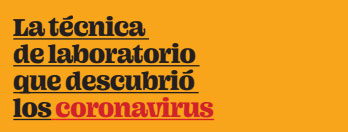
In 1965, a new type of human respiratory virus, "influenza-like", was described that was very difficult to grow in the laboratory and could only be detected by infecting volunteers.
The exact nature of these viruses was a mystery until 1967, when a new method was developed to view them under an electron microscope. The technique, which was absolutely novel, consisted of using labeled antibodies that bound to the surface of the virus so that they could be seen under the microscope.
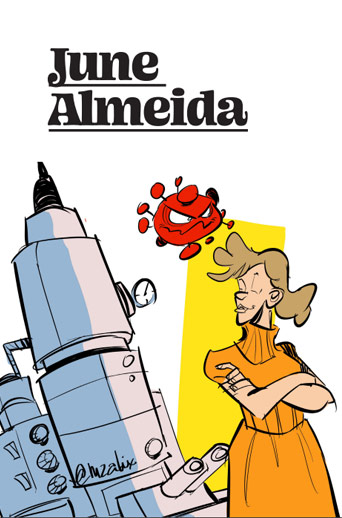
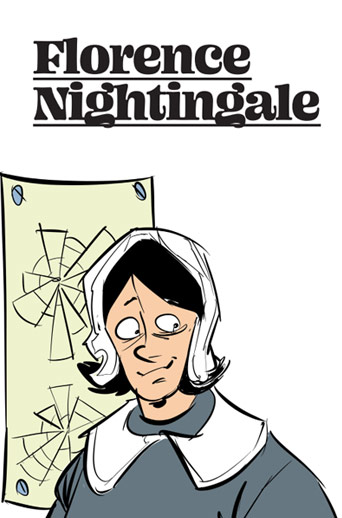
Florence Nightingale was born on May 12, 1820 in Florence into a wealthy family. At the age of 17, she announced to her family her decision to become a nurse. At that time, the nursing profession was associated with working class women, not at all with a young educated woman like Florence.
A few years later, in 1840, Florence begged her parents to let her study mathematics as well. Her parents objected because they assumed that their daughter's destiny was marriage, and asked her to study subjects more appropriate for a woman....
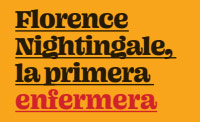
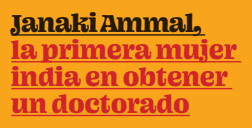
At the end of the 19th century, India still lived under the rule of the British Crown. Queen Victoria was its empress and London its cultural capital. While a young Gandhi was opening his eyes to the social inequalities of Indian workers in South Africa, the movement that led to India's independence in 1947 was taking shape in India. At that time, life in India revolved around traditions and a strict social hierarchy in which women played a secondary role.
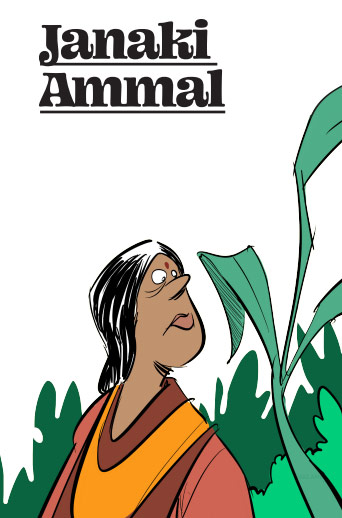
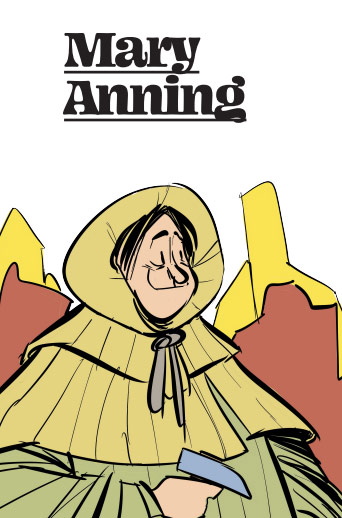
Today we all know that there was a time known as the Jurassic period, between 200 and 145 million years ago, when the Earth was dominated by reptiles. Some of those creatures were very different from today's creatures. They became extinct millions of years ago.
Among these reptiles, there were the ichthyosaurs (large marine reptiles resembling fish and dolphins), the plesiosaurs (marine reptiles with small heads,
long slender neck, wide turtle-like body, short tail and two pairs of large elongated flippers), pterosaurs (flying saurians) and dinosaurs.
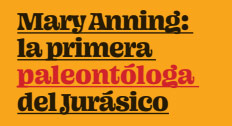

Respect for the environment, which no one disputes today, has its origin in Rachel Carson. "Silent Spring" is the title of a book published on September 27, 1962.
He warned of the harmful effects of pesticides and helped promote policies and behaviors to preserve the environment. He inspired the philosophical and political movement we now call environmentalism, got the U.S. Department of Agriculture to review its pesticide policy, and laid the groundwork for the creation of the U.S. Environmental Protection Agency (EPA).
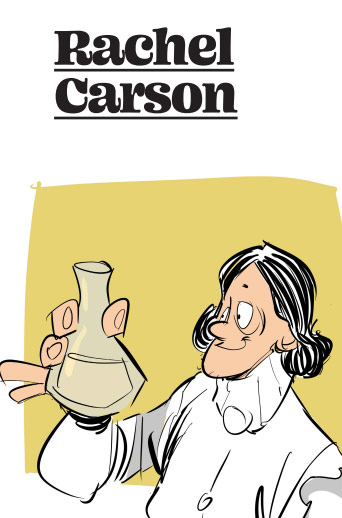
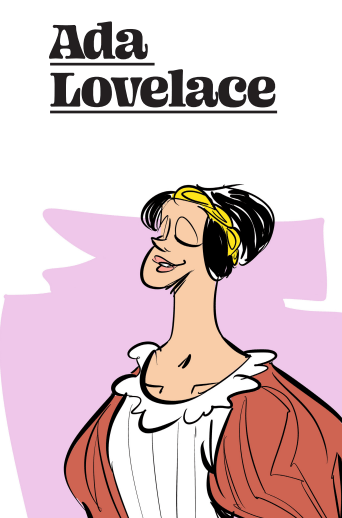
Every year, the second Tuesday of October is celebrated as International Ada Lovelace Day, with the aim of promoting the role of women in the field of science, technology, engineering and mathematics.
But who was Ada Lovelace?
Ada lived in Victorian England and was the daughter of the poet Lord Byron. Her parents separated shortly after her birth and she was brought up by her mother in a very strict manner in an aristocratic and distinguished environment.
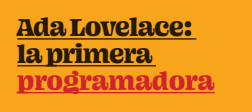
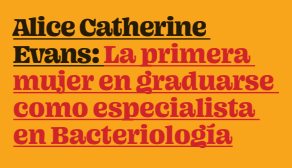
In 1905, a young American woman working as a rural teacher (the only profession available to women in those years) attended a free course at Cornell University in New York.
The objective was to teach school teachers the advances in Natural Sciences so that they could transmit this knowledge to students in rural areas.
Due to his excellent skills, he was awarded a scholarship that allowed him to...
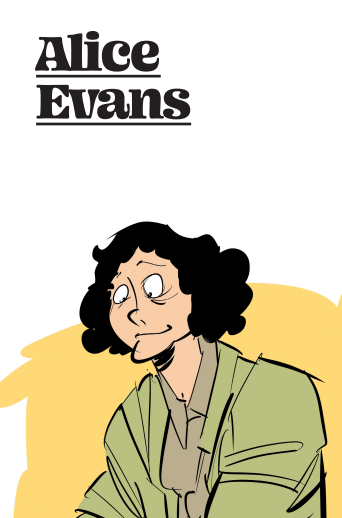
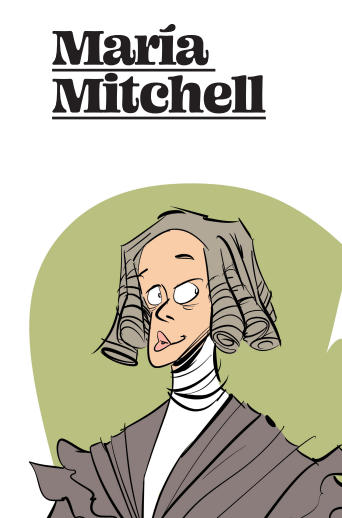
On August 1, 1818, Maria was born on the island of Nantucket (Massachusetts), the third of ten siblings of the Mitchell family, distant relatives of Benjamin Franklin, one of the Founding Fathers of the United States.
The Mitchells belonged to a Quaker community; they believed in equality between men and women and the pursuit of independence, which led Maria to be educated by her parents, William and Lydia, in a different way than was usual at the time.
Maria was educated by her parents William and Lydia in a different way than was usual at the time.
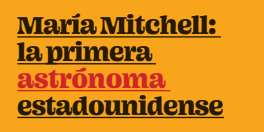
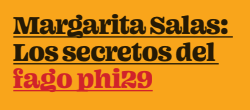
Margarita was born in November 1938, in the middle of the Spanish Civil War, in a small town on the Asturian coast called Canero. Her mother was a schoolteacher and her father a doctor. Her family moved to Gijón when she was one year old.
There he studied in a nuns' school until he finished high school, where he developed his interest in science. She studied chemistry in Madrid. One summer, when Margarita was a university student, her father invited Severo Ochoa to a family dinner. He encouraged her to attend one of his lectures in Oviedo.
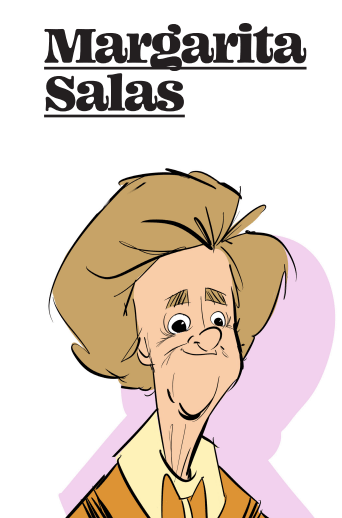
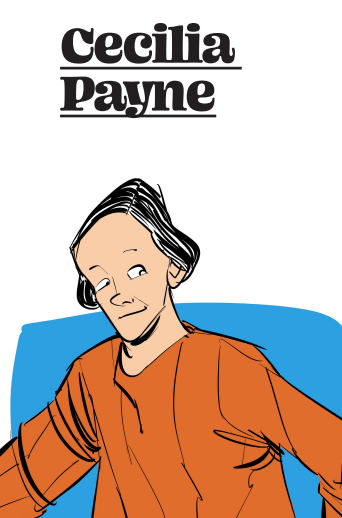
Until the beginning of the 20th century, it was thought that the composition of stars like the Sun had to be similar to the composition of planets like the Earth. However, this was not the case: in 1925, a woman broke this misconception and discovered that stars were basically composed of hydrogen and helium. That woman was the astronomer Cecilia Payne.
Cecilia Payne was born in Wendower (England) on May 10, 1900. She studied botany, physics and chemistry at Cambridge University, but quickly became interested in astronomy.
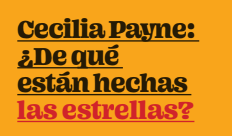

Margulis was a biologist who revolutionized Charles Darwin's theory of evolution, including the concepts of symbiosis and cooperation.
Lynn Margulis was born in Chicago in 1938 and from a young age was a brilliant student. Her family wanted her to attend an elite school, but she preferred public school.
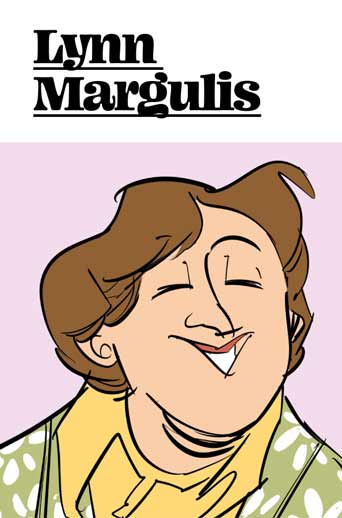

In the exciting history of success against poliomyelitis, there is a woman's name that has gone unnoticed by many. She is the American Isabel Morgan (1911-1996).
He probably inherited his interest in science from his father, Thomas Hunt Morgan, who, working with the fruit fly ('Drosophila melanogaster'), discovered that genes are in chromosomes.

